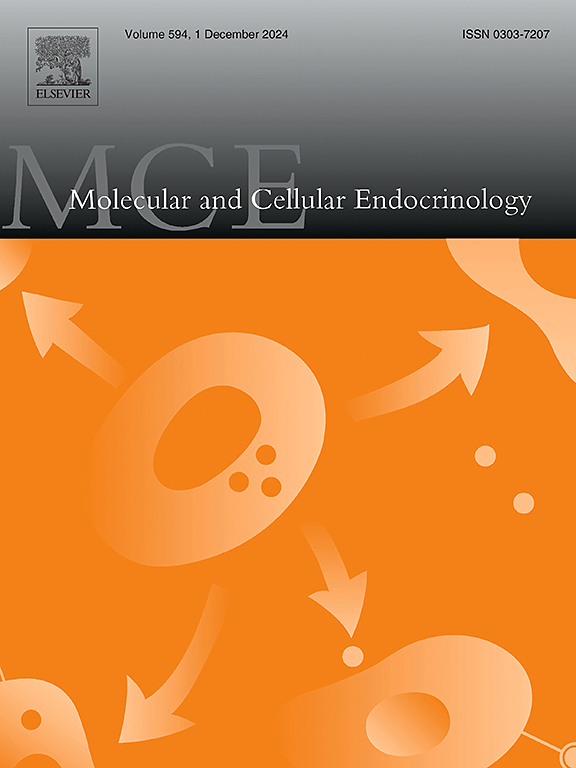房舍温度对jvs N型C57BL/6小鼠保留射血分数心力衰竭代谢表型的影响
IF 3.8
3区 医学
Q2 CELL BIOLOGY
引用次数: 0
摘要
临床前心力衰竭研究严重依赖于小鼠模型,尽管它们的代谢和心率比人类高。本研究考察了小鼠品系(C57BL/6J vs. C57BL/6N)和饲养温度(23°C vs. 30°C)对C57BL/6雄性小鼠高脂饮食加L-NAME治疗的两击HFpEF模型的影响。在基线、第5周和第15周评估代谢参数和心功能。热中性环境(30°C)减少了J菌株的早期舒张功能障碍,并改变了两种菌株的代谢谱,减少了能量消耗和脂肪氧化。在30°C时,J菌株的呼吸交换率和葡萄糖氧化率明显降低。虽然各组之间的身体活动保持不变,但在HFD+L-NAME下,两种菌株的心脏纤维化和炎症基因表达均有所增加,与住房温度无关。这些发现揭示了菌株对环境温度的特定生理适应,强调了在心力衰竭研究中仔细考虑环境条件的必要性。本文章由计算机程序翻译,如有差异,请以英文原文为准。
Housing temperature influences metabolic phenotype of heart failure with preserved ejection fraction in J vs N strain C57BL/6 mice
Preclinical heart failure studies rely heavily on mouse models despite their higher metabolic and heart rates compared to humans. This study examines how mouse strain (C57BL/6J vs. C57BL/6N) and housing temperature (23 °C vs. 30 °C) affect a well-established two-hit HFpEF model using high-fat diet with L-NAME treatment in male C57BL/6 mouse. Metabolic parameters and cardiac function were assessed at baseline, week 5, and week 15. Thermoneutral housing (30 °C) reduced early diastolic dysfunction in the J strain and altered metabolic profiles in both strains, decreasing energy expenditure and fat oxidation. The J strain specifically showed reduced respiratory exchange ratio and glucose oxidation at 30 °C. While physical activity remained constant across groups, both strains exhibited increased cardiac fibrosis and inflammatory gene expression under HFD + L-NAME, independent of housing temperature. These findings reveal strain-specific physiological adaptations to housing temperature, emphasizing the need to consider environmental conditions in heart failure research carefully.
求助全文
通过发布文献求助,成功后即可免费获取论文全文。
去求助
来源期刊

Molecular and Cellular Endocrinology
医学-内分泌学与代谢
CiteScore
9.00
自引率
2.40%
发文量
174
审稿时长
42 days
期刊介绍:
Molecular and Cellular Endocrinology was established in 1974 to meet the demand for integrated publication on all aspects related to the genetic and biochemical effects, synthesis and secretions of extracellular signals (hormones, neurotransmitters, etc.) and to the understanding of cellular regulatory mechanisms involved in hormonal control.
 求助内容:
求助内容: 应助结果提醒方式:
应助结果提醒方式:


